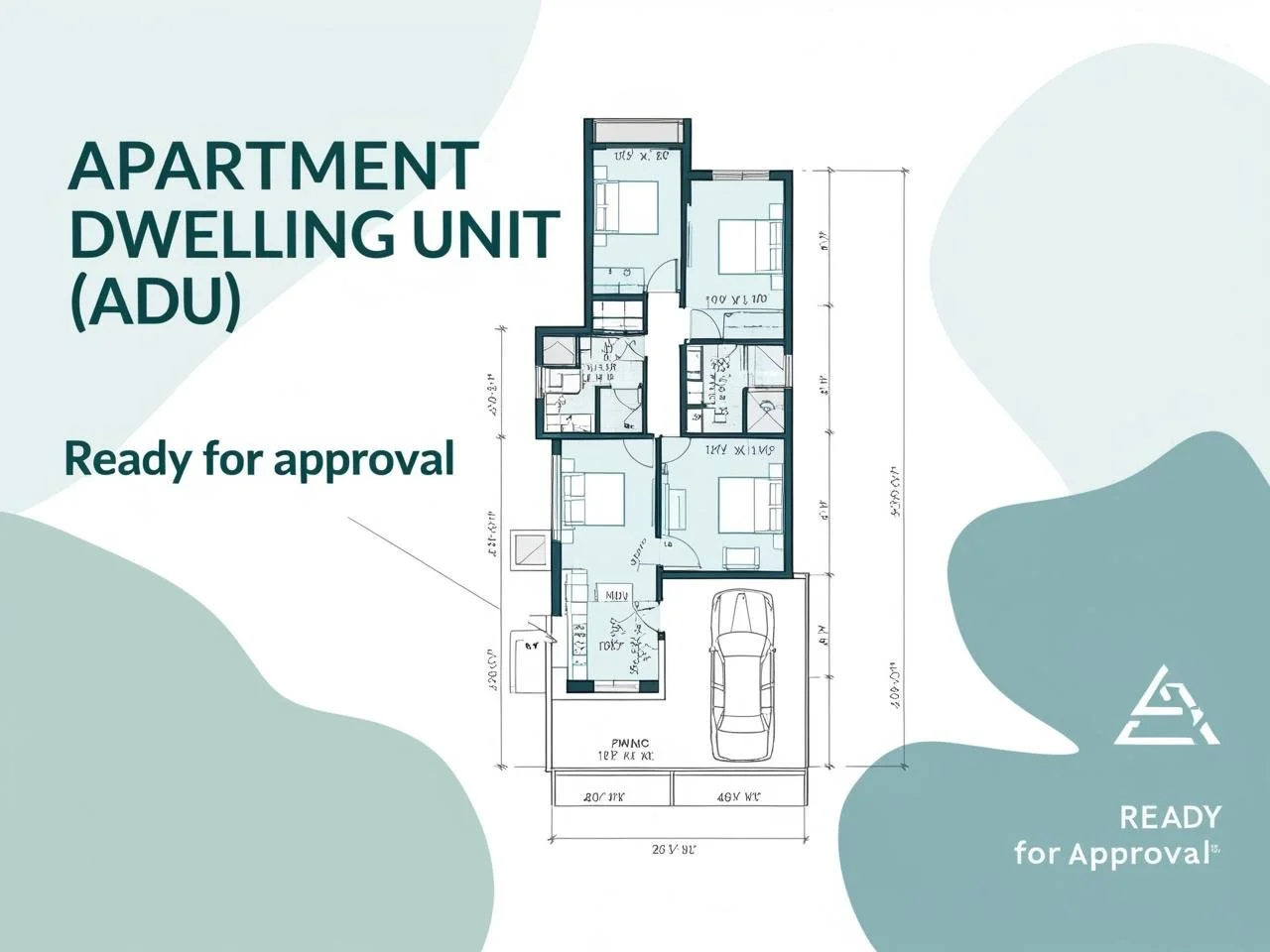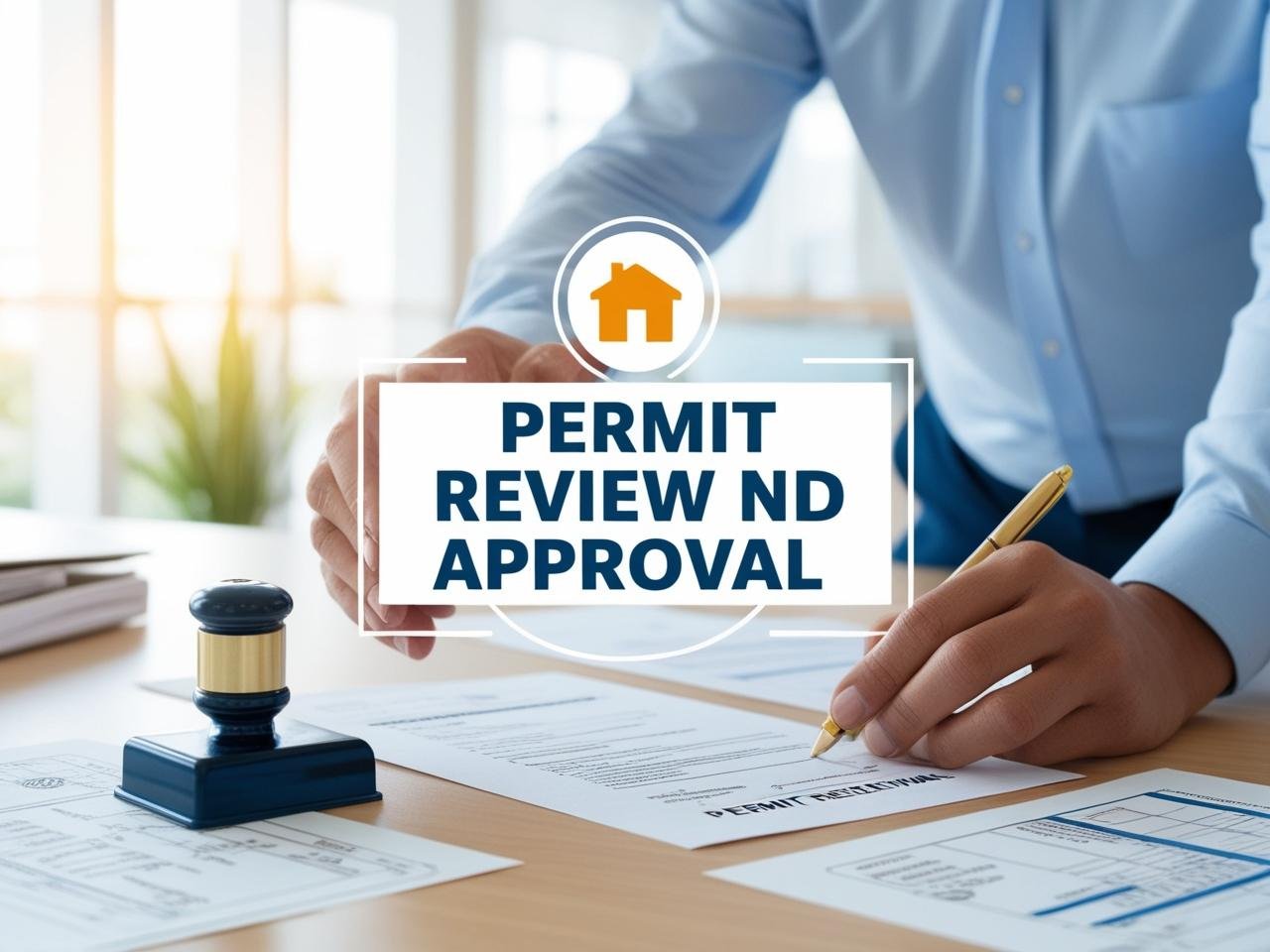Navigating Permits and Zoning Regulations for Your San Diego ADU
Introduction
Building an Accessory Dwelling Unit (ADU) in San Diego is an exciting investment that can provide additional living space, generate rental income, and increase your property’s value. However, navigating the permitting and zoning regulations can be a complex process.
San Diego has taken significant steps to streamline ADU approvals, but understanding the city’s rules, restrictions, and requirements is crucial to avoid costly delays. In this guide, we’ll break down everything you need to know about permits and zoning regulations for your San Diego ADU.
Understanding San Diego’s ADU Regulations
San Diego has embraced ADUs as a solution to the housing crisis, making it easier than ever to build one. However, you must comply with local zoning laws and permitting requirements. Here are the key factors to consider:
1. Zoning Rules: Can You Build an ADU on Your Property?
Before designing your ADU, check if your property is eligible. The good news is that most residential zones in San Diego allow ADUs, including:
Single-family zones (RS zones)
Multi-family zones (RM zones)
Commercial zones (in some cases, with mixed-use allowances)
You can check your property’s zoning using the San Diego Zoning Map or consult with an expert like ADU Pals to confirm eligibility.
2. How Many ADUs Can You Build?
San Diego allows multiple ADUs on a single property under certain conditions:
Single-family lots: Homeowners can build one ADU + one Junior ADU (JADU).
Multi-family lots: If you own a multi-family property (duplex, triplex, etc.), you may be able to add up to two detached ADUs and even convert existing non-livable spaces (like storage rooms) into additional units.
3. ADU Size & Setback Requirements
While San Diego has made ADU construction flexible, there are still limits:
Detached ADUs: Up to 1,200 sq. ft.
Attached ADUs: Cannot exceed 50% of the size of the primary dwelling
Junior ADUs (JADUs): Must be within the primary home and cannot exceed 500 sq. ft.
Setbacks:
Rear & Side Yards: 4 feet minimum
Front Yard: Varies by zoning
No additional parking is required if your property is within ½ mile of public transit
The ADU Permitting Process in San Diego
Once you confirm that your property is eligible for an ADU, you’ll need to apply for the necessary permits. The process typically involves the following steps:
Step 1: Pre-Planning & Feasibility Study
Before submitting plans, it's important to determine:
ADU size and design feasibility
Utility connections and site constraints
Budget and financing options
Consulting an ADU expert early in the process can save time and money.
Step 2: Submit Plans for Approval
You'll need to submit architectural and structural plans to the San Diego Development Services Department (DSD). These plans should include:
Floor plans and elevations
Site layout with property lines
Structural and energy compliance reports
San Diego offers over-the-counter permits for simpler ADUs, but larger or more complex projects may require full plan review.
Step 3: Permit Review & Approval
The city will review your plans for compliance with:
Zoning codes
Building safety
Utility and environmental requirements
Standard review times vary but typically range from 30-60 days.
Step 4: Obtain Your Building Permits
Once your ADU plans are approved, you’ll receive building permits, allowing you to begin construction.
Step 5: Inspections & Final Approval
After construction, a city inspector will conduct final inspections to ensure compliance. Once approved, you’ll receive a Certificate of Occupancy, making your ADU legally habitable.
Common Challenges & How to Overcome Them
Even with San Diego’s streamlined process, challenges can arise. Here are some common roadblocks and how to avoid them:
Issue: Permit Delays
Solution: Work with an experienced ADU designer/builder who understands city requirements to avoid back-and-forth corrections.Issue: Unexpected Costs
Solution: Get a detailed cost estimate upfront and consider contingency funds for surprises.Issue: HOA Restrictions
Solution: If your home is in an HOA community, check their bylaws. California law prevents HOAs from outright banning ADUs, but they may have guidelines to follow.
Why Work with ADU Pals?
Navigating San Diego’s ADU regulations can be overwhelming, but you don’t have to do it alone. ADU Pals specializes in:
Site assessments to determine feasibility
Custom ADU design and permit approvals
Seamless project management from start to finish
We handle the legwork so you can focus on enjoying your new ADU.
Contact us today to start your project with confidence!








